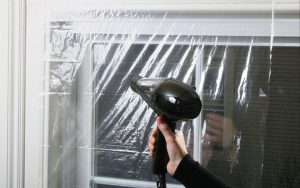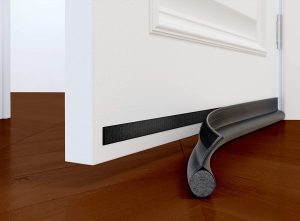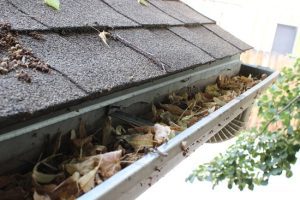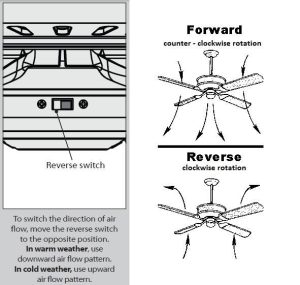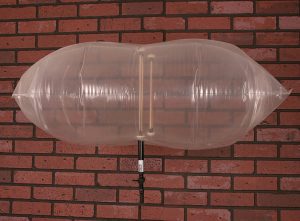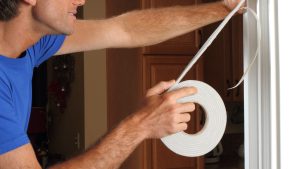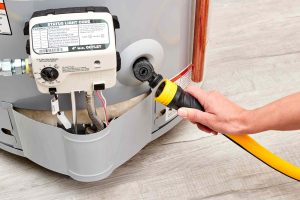With winter just around the corner, it’s important to take steps to help
protect your home from the frigid cold, and your bank accounts
from costly winter bills.
WINDOW INSULATION FILM
It may not be the most fashion forward tip, but window insulation film
can keep up to 70% of heat from leaking out of the windows. You won’t
mind the appearance when you’re toasty warm in your house!
DRAFT GUARDS
In a drafty room, heat escapes under the door. When winterizing your
house, place draft guards by the doors to prevent heat loss. It’s a simple
solution that keeps your house warm and saves you from wasting energy.
CHANGE FURNACE FILTERS
Change your furnace’s air filter every two months throughout winter. A
clogged, dirty filter will impede airflow and dramatically reduce the efficiency
of the furnace. And while you’re at it, consider replacing a cheap disposable filter
with a reusable electrostatic model. Also, be sure to have your furnace
tuned up annually by a licensed HVAC contractor.
HANG INSULATED WINDOW TREATMENTS
Even the best, tightest-sealing windows feel a bit cold in winter. To
make rooms feel warmer, cover windows with insulated blinds or thick,
quilted drapes.
FIBERGLASS INSULATION
For maximum heat retention, pack fiberglass insulation around basement
doors, windows in unused rooms, and window AC units. Make sure your attic
floor is insulated, too. Just remember to be careful and wear gloves!
CLEAN GUTTERS
One important tip for winterizing your home is to clean your gutters
thoroughly. Blocked drains can result in the accumulation of water. This puddle can serve as a breeding
ground for mold and algae, seeping into the interior walls.
Moreover, leaves and twigs can block off the gutters during fall. When winter
arrives, along with snow and rain, the blocked gutters cannot carry the
water away. The blocked water can freeze over and make potentially
deadly ice dams.
REVERSE CEILING FANS
Think ceiling fans are only useful in summer? Think again. Most fans have
a switch—either on the motor housing or remote control—that allows you to
reverse the fan-blade rotation.
In summer, the blades rotate counterclockwise to blow down
cooling breezes. But in winter, reverse the blade rotation so they blow up.
That way, the fan will force warm air trapped at the ceiling down into the
room.
USE CHIMNEY BALLOONS
Even if the rest of your home is well sealed, having a chimney means a
big hole in the room, providing a way for the cold wind to enter your heated
living space. So as much as you’d want to keep the chimney open for
Santa, the most obvious solution to keep the chilled air out is to close off
this space.
A chimney balloon inflates like any other balloon and acts as a barrier to
prevent heat loss. In addition, it creates an airtight seal within the chimney. If
your chimney does not have a damper, or if it’s broken or damaged,
a chimney balloon is a must-buy.
WEATHERSTRIP TAPE
Drafts and air leaks increase your heating costs, so make sure your
windows and doors are sealed tight with weatherstripping. Simple, easy,
and smart.
FLUSH THE WATER HEATER
Before winter sets in, be sure to flush your water heater or boiler system.
Because water heaters remain in operational during the summer,
sediment and other particles can settle in the outlets, reducing their
efficiency.
Flush the drain valve at least once before winter starts to get rid of
sediment. It would be best if you drained the flush valve at least once a
month to remain on the safe side during winters.
Remember, by taking a few
precautions, your winter can be a
warm and happy one!


